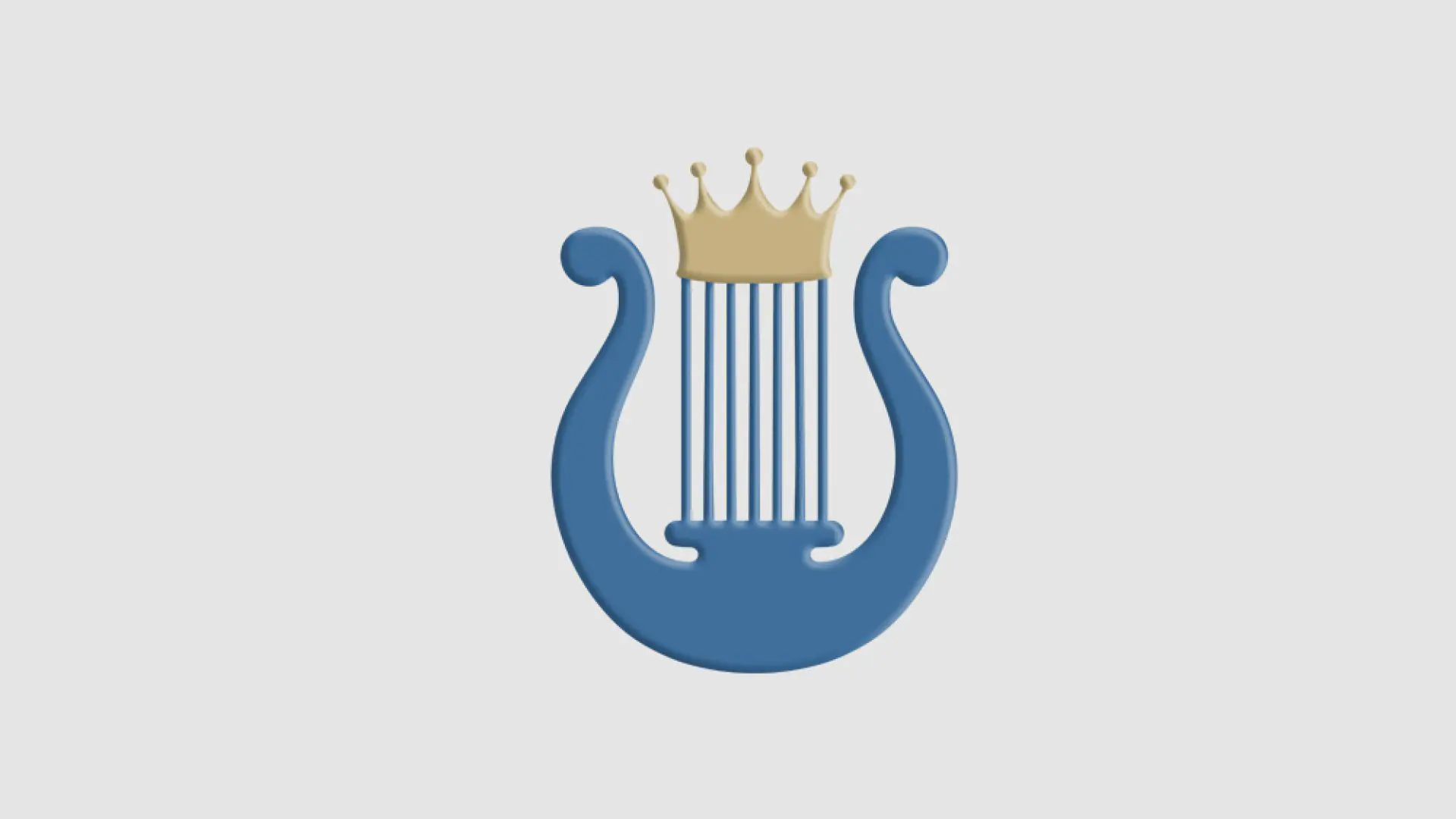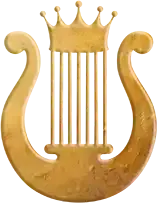
Parthians, Medes and Elamites (Acts 2:9)
When the God of Jacob charted out the destinies of the nations, “when He separated the sons of mankind, He set the boundaries of the peoples according to the number of the sons of Israel. For YHVH’s portion is His people – Jacob is the allotment of His inheritance. He found him in a desert land, and in the howling wasteland of a wilderness. He encircled him, He cared for him, He guarded him as the apple of His eye” (Deuteronomy 32:8-10).
- “Now this is the genealogy of the sons of Noah: Shem, Ham and Japheth . . . The sons of Japheth were Gomer, Magog, Madai, Javan, Tubal, Meshech and Tiras . . . Also to Shem . . . (and the older brother of Japheth) children were born. The sons of Shem were Elam, Asshur, Arpachshad, Lud, and Aram” (Genesis 10:1-2, 21-22).
The Jewish people were exiled to the Land of the Medes (ancient Madai/Persia, which is found today in modern Iran) in approximately 722 B.C. during the reign of Shalmaneser V of Assyria: “Then the king of Assyria led Israel into exile to Assyria, and put them in Halah and on the Habor, the river of Gozan, and in the cities of the Medes” (2 Kings 18:11). At the time of Haman and Ahasuerus, Mordecai and Esther lived in ‘Shushan Habira’ (Susa the citadel), a royal city in ancient Persia. In Ezra 4:9, those Jews who lived in Susa were also considered as Elamite citizens. Ancient Persia was once the abode of Elamites, Medeans and Persians (see Daniel 5:28).
Today, out of Iran’s 90 million citizens, approximately 51% are Persians (including the originally Caspian Mazandaranis and Gilakis); 5-24% are of Turkic origin (Azeris, Turkmens, Qashqais, Kazakhs); 10% are Kurds; 7% are a Kurdish sub-group known as the Lurs; 2-3% are Arabs; 2% are Balochis; 2% are Turkmens; and less than 1% are various tribal Turkic groups (Qashqai, Afshar, Talysh, Tats, etc.).
The descendants of the original Medeans live in the more northern sections of the country, near Tabriz and Azerbaijan. The descendants of the Elamites would be located in western Iran – Ilam, Khuzestan (Ahvaz) and Kermanshah – all bordering Iraq. The Persians (once called ‘Parthians’) have spread across the majority of central and eastern Iran. So today, Iran is a blend of Japhetic and Semitic people, though none of the Iranian Semitic offshoots trace their descendance back to Abraham, Isaac and Jacob.
- The Iranian ballistic missile attacks of April 13 and October 1, 2024 were fired from the territories which were once part of all three ancient nations – Elam, Medea and Persia. Israel’s response on October 26, 2024 also targeted strategic sites in all three of these ancient lands.
What Iranian sites did the IDF target on October 26 – ‘Operation Days of Repentance’?
For a breakdown of the various Iranian attacks and Israeli responses in the past while, see our newsletter of October 26, 2024 - ‘Haman’s edict and God’s signet ring.’ When this last newsletter was posted, up-to-date information on IDF targets and results were not yet available. The following is a brief but incomplete update:
- Upward of 100 Israel Air Force (IAF) planes were involved in the attack, including refueling tankers, electronic countermeasures/intelligence aircraft, attack and surveillance drones
- Three attack waves were carried out.
- IAF jets flew across southern Syria, emitting sonic booms near the Jordanian border, and then cut across Iraq towards Iran.
- The first attack wave (just after 01:53 local time) destroyed Syrian and Iraqi anti-aircraft (AA) defenses, as well as three out of Iran’s four Russian S-300 PMU-2 ‘Grumble’ long-range surface-to-air missile systems. This specific model includes 16 transporter erector launchers, multiple 96L6E target acquisition radars, 30N6E2 target tracking radars, 64N6E2 battle management radars, and several supporting components. These had been sold and transferred to Iran in November 2016.
- The fourth Russian anti-aircraft missile system (including its 30N6E radar) had been previously destroyed on April 19, 2024 at 0523 hours at Shekari air base near Isfahan. This fourth battery was responsible for guarding the Natanz nuclear facility. The IAF had used an Israeli-developed RAFAEL ROCKS autonomous extended stand-off range air-to-surface missile to take out that fourth battery. To sum up, all four Russian batteries have been demolished by the IAF, leaving Iran’s oil, port and nuclear assets defenseless to future potential strikes.
- The three S-300’s hit this time were at Tehran’s Imam Khomeini International Airport (Tehran) and at the Malad missile base (outskirts of Tehran)
- The second (03:30 am) and third waves struck ballistic rocket and drone manufacturing facilities, as well as solid fuel mixers and drone factories
Israeli planes hit the following sites:
- Anti-aircraft (AA) systems in Khuzestan, Ilam and Tehran. Khuzestan Province in southern Iran is home to most of Iran’s oil and gas fields.
- AA batteries in Karaj, northwest of Tehran (which is home to Iran’s nuclear centrifuge system) and at the Malad missile base on Tehran’s outskirts.
- In Khuzestan Province, the Bandar-e Emam Khomeyni Petrochemical Complex beside the port of Bandar-e Mahshahr, is the largest such complex in Iran, connected by rail and road to the Abadan oil refinery, which is Iran’s largest oil refinery. The AA batteries of both the Bandar-e Emam Khomeyni petrochemical complex and the Bandar port were destroyed. The AA batteries of the largest oil field in Iran (Ahvaz) were hit, killing two Iranian soldiers manning the AA facility.
- The Tang-E Bijar natural gas fields refinery in Ilam Province were hit, and satellite images revealed burned fields around the refinery.
- The military bases of Parchin, Parand and Khojir were hit, also with drones.
- Parchin, located 40 km southeast of Tehran near the Mamalu Dam, is linked to Iran’s nuclear weapons program, including high explosives experiments and krytron testing. A specific building, Taleghan 2, was previously linked to the Iranian nuclear weapons program between 1989 and 2003. Three buildings 320 metres from Taleghan 2 were hit and destroyed. The Parchin plant is related to rocket manufacture.
- Khojir is a large missile production site 20 km away from Tehran, where solid fuel for ballistic missiles also was mixed. Two buildings used for mixing solid fuel for ballistic missiles were destroyed. Axios reported that Israel destroyed 20 ‘planetary mixers’ – Chinese rocket fuel mixers – at that site. The Saudi website Elaph puts a price tag of a minimum $2 million USD on each mixer. The destruction will take at least two years to repair. One source told the Saudi website Elaph that it was the “backbone of Iran’s missile industry” and that Israel had “put it out of service.”
- Three major missile manufacturing bases in Tehran Province were hit. These were run by the Islamic Revolutionary Guards Corps (IRGC) in Falagh, Shaid Ghadiri and Abdol Fath.
The operation was concluded with the sunrise, and all IAF planes returned safely to home base in Israel with no losses or damages.
What strategic goals were achieved in Israel’s strikes?
Here are three revealing comments from astute analysts of Iran:
- “This looks like a potential preamble to a much more effective strike against Iran’s infrastructure and even nuclear sites,” said Ali Vaez, the Iran director of International Crisis Group. “Iranians don’t have the capacity to replace these systems in a timely manner, which renders the country much more vulnerable in future tit for tats.”
- “Israel is sending a clear message to us,” said Hamid Hosseini, an expert on Iran’s oil and gas industry and member of the Iran-Iraq Chamber of Commerce. “This can have very serious economic consequences for Iran, and now that we understand the stakes we need to act wise and not continue the tensions.”
- Jason Brodsky, from ‘United Against Nuclear Iran,’ said on X that the attacks this weekend send “a very clear message” to Iran. “Israel is laying the groundwork to attack your oil and petrochemical refineries in the next round should you retaliate.”
At this point in time, Iran is wide open to further devastating Israeli strikes. If the Ayatollah Khamenei chooses to unleash his missiles of war against Israel, the Jewish state would be able to quickly and efficiently destroy the economic lifeblood of the Shi’ite jihadi state, since 80% of Iran’s finances come from its oil industry. An overwhelming percentage of Israelis surveyed on Sunday October 27, 2024 believe that now is also the time to obliterate Iran’s nuclear weapons program. These two issues are high up on the strategic list, and should be made a matter of ardent prayer.
How will Iran respond?
It is estimated that Iran still has over 2,000 long-range ballistic missiles in its inventory. Though it would take up to two years for Iran to replenish its stocks, it still could use what it has against Israel in a potential counter-attack against Israel – even though its air defenses are significantly weakened. Yet is important to remember that Iran’s track record in such matters over the past 42 years is written with blood-stained hands:
- the bombing of IDF HQ in Tyre, Lebanon (November 11, 1982; 91 murdered
- the bombing of the U.S. Embassy in Beirut (April 18, 1983; 63 murdered)
- the bombing of the American Marine Barracks in Beirut (October 23, 1983; 241 murdered)
- the bombing of the French Multinational Forces Paratroop Barracks in Beirut (October 23, 1983; 58 murdered)
- the bombing of IDF HQ in Tyre, Lebanon (November 4, 1983; 60 murdered; 40 wounded)
- the bombing of the Israeli Embassy in Buenos Aires (March 17, 1992; 29 murdered, 242 injured)
- the bombing of the AMIA (Argentine Israelite Mutual Association) in Buenos Aires (July 18, 1994; 87 murdered, 250 injured)
- the bombing of Khobar Towers USAF family residence in Saudi Arabia (June 25, 1996; 20 murdered, 372 injured)
Demonized anger and murderous intent have characterized the jihadi terror actions of Shi’ite Iran and their Hezbollah proxies for close to half a century. It should be made a matter of earnest prayer for God’s justice to be done in dealing with this cancerous growth which has been malignantly expanding across the face of today’s Middle East.
Over 2,600 years ago, the God of Jacob gave a prophetic word to Jeremiah concerning the Elamite enemies of Israel who dwelt in ancient Persia. Will YHVH do such things again in our day to modern enemies who are being catalyzed and set murderously aflame by the Prince of Persia?
- The word of YHVH that came to Jeremiah the prophet concerning Elam . . . saying: “This is what YHVH of armies says: Behold, I am going to break the bow of Elam . . . So I will shatter Elam before their enemies and before those who seek their lives, and I will bring disaster upon them, even My fierce anger, declares YHVH” (Jeremiah 49:34-38)
How should we then pray?
- Pray for the God of Jacob to grant revelatory war strategies to Israel’s leadership, as did Elisha in his day (2 Kings 6:8-13)
- Pray for the annulling of Iranian war strategies and counter-attacks, and for the blocking and frustration of Hezbollah and Iranian jihad plans against Israel, the apple of God’s eye (Zechariah 2:8)
- Pray for the physical rescue of the approximately 44 to 50 living Israeli hostages (including babies) kidnapped by Hamas, Islamic Jihad and PFLP/PLO. At this moment some of these hostages are being tortured, raped and starved (this based on testimonies of recently released hostages). Sadly, over 100 of all Israeli hostages are dead; Hamas is holding on to their corpses as cold storage bargaining chips
- Pray for the raising up of Ezekiel’s prophetic Jewish army throughout the earth
Your prayers and support hold up our arms and are the very practical enablement of God to us in the work He has called us to do.
In Messiah Yeshua,
Avner Boskey
Donations can be sent to:
FINAL FRONTIER MINISTRIES
BOX 121971 NASHVILLE TN 37212-1971 USA
Donations can also be made on-line (by PayPal or credit card) through: www.davidstent.org

